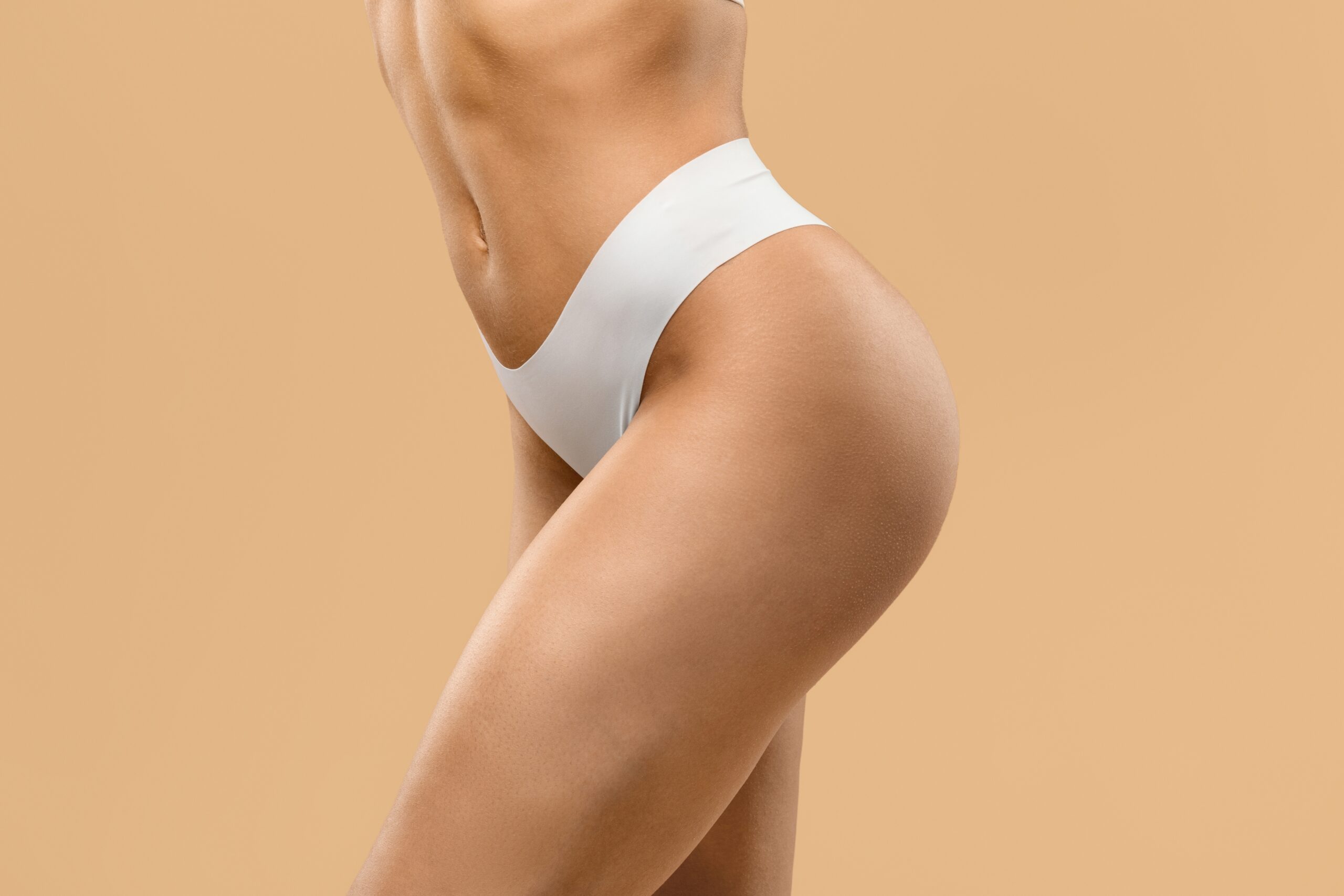Smooth, Firm & Confident – Say Goodbye to Cellulite
Target stubborn dimples and uneven texture with our non-invasive cellulite treatments. Restore smoother skin, enhance circulation, and boost your confidence—all without surgery.
What is Cellulite Treatment?
At Belle Jeunesse, we use Morpheus8, a minimally invasive radiofrequency microneedling treatment, to target the root causes of cellulite. By stimulating deep collagen production, releasing the fibrous bands that pull on the skin, and remodeling underlying fat pads, Morpheus8 helps restore smoother, firmer‑looking skin for a more confident you.

How Morpheus8 Improves Cellulite
- Stimulates collagen and elastin: Strengthens and remodels the skin from the inside out
- Releases tethered bands: Microneedles break up the fibrous septae that create dimples
- ontours underlying fat: Radiofrequency energy helps refine the silhouette and smooth transitions
Because we treat the body at depths up to 8mm, Morpheus8 can significantly remodel tissue and improve cellulite but does involve a longer recovery than facial treatments.
Benefits of Cellulite Treatment
Cellulite treatment offers noticeable improvements in skin texture and appearance with little to no downtime. These non-invasive options are ideal for individuals looking to smooth and firm areas affected by cellulite without surgery.
- Reduces the appearance of dimples and uneven skin
- Enhances circulation and lymphatic drainage
- Stimulates collagen production for firmer skin
Who is a Good Candidate?
- Have visible dimpling or uneven texture on the thighs, buttocks, abdomen, or arms
- Want a non‑surgical option with long‑lasting results
- Have good skin quality but mild laxity
- Understand results are natural‑looking and improve gradually
Who may not be a candidate:
Those with severe skin laxity, advanced cellulite, or significant fat pockets may require a surgical approach for the best results. During your consultation, our team will evaluate your skin and goals to ensure Morpheus8 is the right choice.
Before & After:
What to Expect
- Injectable numbing is provided for maximum comfort
- ProNox (laughing gas) is available for patients who want extra relaxation
- The treatment area is cleansed and prepped
- Sessions typically last 30–60 minutes, depending on the size of the area
After your treatment:
- Because we treat the body at deeper levels (up to 8mm), downtime is longer than facial Morpheus8 treatments
- Expect swelling, bruising, and tenderness for up to 5–7 days
- Avoid all bodies of water for 1 full week: no baths, pools, spas, lakes, or oceans (showers are fine)
- Pinpoint scabs and redness are normal and typically resolve within 7–10 days
- Most patients return to normal daily activities within a few days but should avoid strenuous exercise for 3–5 days
Results:
- Improvement is often visible after the first session
- A series of 3 treatments spaced 4–6 weeks apart yields the best results
- Skin continues to remodel and tighten for 3–6 months as new collagen forms
- Results can be long‑lasting with proper maintenance and a healthy lifestyle
Benefits of Morpheus8 for Cellulite
- Reduces the appearance of cellulite dimples
- Firms and smooths uneven skin texture
- Boosts collagen and elastin for lasting improvements
- Comfort‑focused treatment with injectable numbing and optional ProNox
- Targets the deeper tissues of the body for more effective remodeling
FAQs
What causes cellulite?
Cellulite forms when fat deposits push through connective tissue beneath the skin. Genetics, hormones, lifestyle habits, and aging can all contribute.
How does Morpheus8 help treat cellulite?
Morpheus8 combines microneedling with radiofrequency energy to remodel collagen and elastin, release fibrous bands, and tighten the skin for a smoother look.
How many sessions will I need?
Most patients benefit from 3 treatments spaced 4–6 weeks apart. Results improve as collagen rebuilds, with maintenance sessions recommended as needed.
Is the treatment painful?
We prioritize comfort. Injectable numbing is provided before your session, and ProNox (laughing gas) is available if you’d like added relaxation. Most patients feel only mild warmth and pressure during treatment.
How long is recovery?
Because cellulite treatment on the body uses deeper settings, you should expect swelling and bruising for 5–7 days and avoid all bodies of water for a full week. Pinpoint scabs and redness usually resolve in 7–10 days.
Ready to Feel Smoother & More Confident?
Book your personalized cellulite consultation today and take the first step toward firmer, healthier-looking skin.
